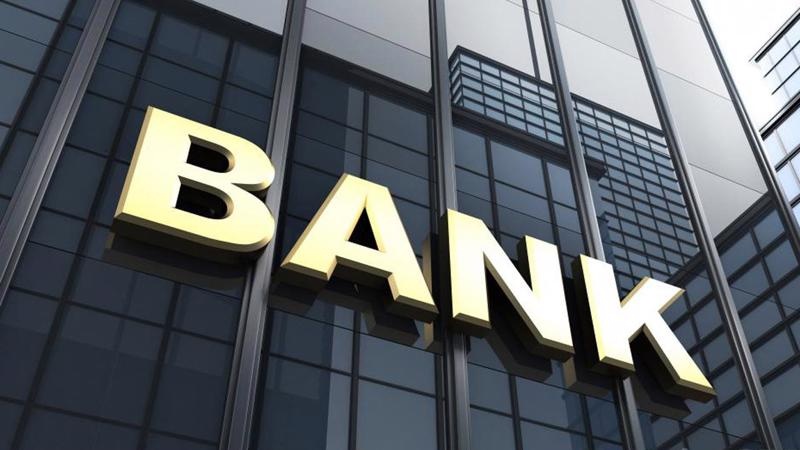Banks increasing provision costs
 |
At the beginning of October 2023, exporters who borrowed money in dollars from the banks have benefited from the rise of the US dollar. However, businesses in general still expect a further decrease in lending interest rates to ease the financial burden.
Tran Minh Binh, chairman of VietinBank's Board of Directors, "VietinBank is one of the pioneering banks to slash deposit interest rates while reducing operating costs. VietinBank's lending interest rates remain among the lowest in the market. The credit balance with interest rate support reached more than VND12 trillion ($488 million) at Vietinbank. As of the end of June 2023, the support amounted to more than VND130 billion ($5.28 million)."
Nguyen Van Cuu, deputy director of Dak Lak 2/9 Import-Export One Member Co., said, "We have overshot the targets of the 2022-2023 coffee crop with a record revenue of $276.78 million and export turnover of over $243 million. The crop has a yield of 132,000 tonnes, including 127,000 tonnes of coffee and 5,000 tonnes of pepper. The achievement is partly attributed to the support of banks to remove its obstacles in a timely manner."
"The company has met over 16 banks and financial resources to secure loans worth $215.7 million. The company borrowed money in dollars from the banks with an interest rate of 6 per cent per year. As the US dollars are rising, it benefit our exports. However, lending interest rates are our top concern given that an annual increase of 1 per cent will create more financial burden for us," Cuu added.
Tran Thi Khanh Hien, head of research at MB Securities JSC, said, "Credit growth has increased sharply since August. However, the 9-month growth trajectory remains lower than 11.05 per cent in last year's period."
"The net interest margin (NIM) of commercial banks has been on a downward trend in recent quarters. The decrease has been predicted when lending interest rates continuously decrease in light of low credit demand as well as relief measures to support businesses."
There is differentiation between banks. For those that provide loans to corporate customers, hold corporate bonds in their credit portfolios, and mainly mobilise customer deposits, the NIM is forecast to decrease more sharply than the average industry level.
On the contrary, banks that focus on retail lending, diversify mobilisation sources from interbanks and retail customers, and those with a high current account to saving account ratio will not be much affected, causing their NIM to narrow.
Market surveys indicate that the average decrease in new loans is about 1-1.75 per cent per year compared to the beginning of the year. Businesses can reduce costs due to shrinking lending interest rates, but it is also one of the factors causing banks' profits to narrow in the first quarters of the year, especially in the third quarter of 2023.
In addition, banks have increased provisioning costs in recent quarters to cover potential losses arising from bad loans or non-performing assets. In the first nine months of 2023, Techcombank's provision costs increased 83.7 per cent against last year's period.
Meanwhile, VIB set aside VND3.15 trillion ($128.2 million) for provision in the given period, more than 3.4 times higher than the same period last year. VietinBank also recorded a high provision expense of VND8.3 trillion ($337.8 million) in the third quarter.
This trend is inevitable amidst the mounting pressure on bad debt and the challenging business environment, especially in the real estate and export sectors, according to Hien from MB Securities.
By the end of July 2023, the bad debt ratio on the balance sheet of the whole system had reached 3.51 per cent, up 2 per cent at the end of 2022.
The total bad debt on the balance sheet and the debt sold to the Vietnam Asset Management Company have not been handled, while the potential bad debt of the credit institution system accounts for 6.16 per cent of the total outstanding debt.
National Assembly deputy Ha Sy Dong said, "As of August 31, the bad debt ratio continued to increase to nearly 8 per cent. The main reason is that bad debts of a bank under special control have skyrocketed. This figure may continue to increase, especially when potential bad debts as prescribed expire, ease, or are postponed. This partly explains why bank credit increased slowly in the first nine months."
 | Confidence on show in banks’ green shift Vietnamese banks are amplifying green financing efforts amid robust government backing, navigating both advancements and industry issues. |
 | Bigger banks hoover up weaker rivals Prominent Vietnamese banks are making calculated moves to acquire struggling counterparts, signalling a broader restructure of Vietnam’s banking system. |
 | Banks keen to maintain upward route Banks are hoping for positive developments to fill up the rest of the year after some performance dips so far in 2023. |
What the stars mean:
★ Poor ★ ★ Promising ★★★ Good ★★★★ Very good ★★★★★ Exceptional
Related Contents
Latest News
More News
- Gold market reform advances as SBV receives applications for bullion production (December 30, 2025 | 12:07)
- EVN and AFD sign credit agreement for Vietnam’s first pumped storage hydropower plant (December 30, 2025 | 10:06)
- Techcombank Priority Visa Signature unlocks a higher standard of living (December 29, 2025 | 16:44)
- Tax sector wraps up 2025 and sets priorities for next year (December 25, 2025 | 14:00)
- A tipping point for digital and hybrid wealth management in Vietnam (December 23, 2025 | 13:33)
- $250 million deal targets women-owned SMEs, sustainable agriculture (December 22, 2025 | 17:40)
- Stock market posts resilient 2025 performance (December 19, 2025 | 18:17)
- Citi Vietnam receives 2025 AmCham CSR recognition (December 19, 2025 | 16:35)
- As global green supply chain reshapes, will Vietnam be left behind? (December 19, 2025 | 08:00)
- Banks gear up for massive capital increases (December 18, 2025 | 17:04)

 Tag:
Tag:




















 Mobile Version
Mobile Version